Birds of A Feather
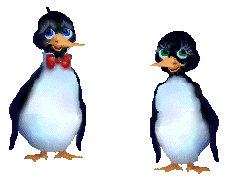
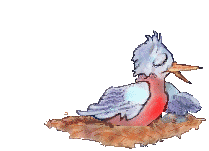
Student Stories
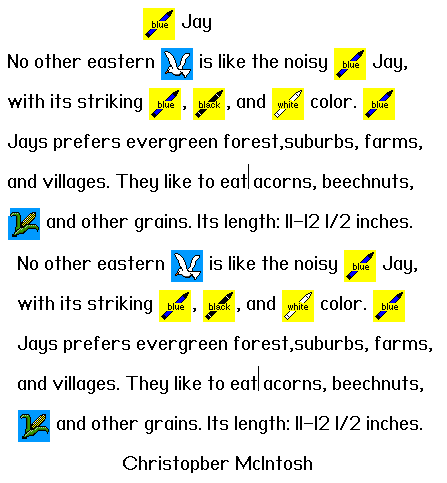
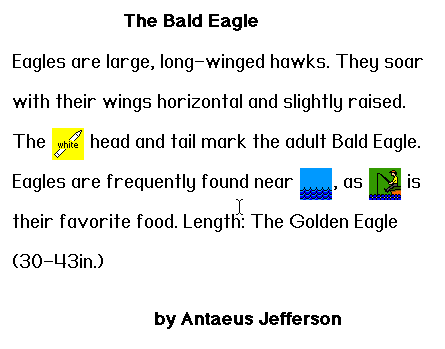
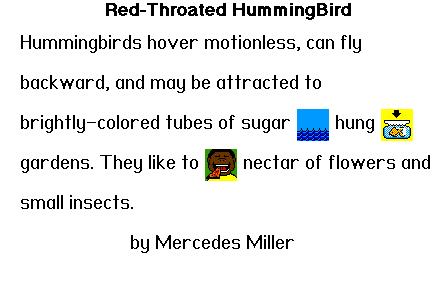
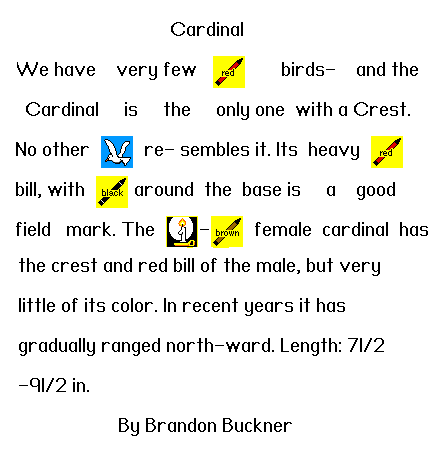
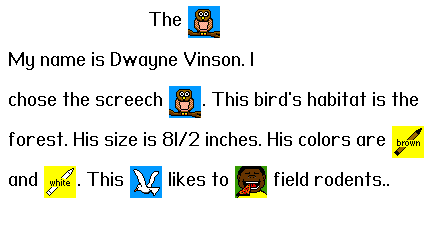
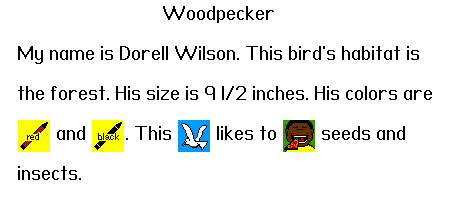
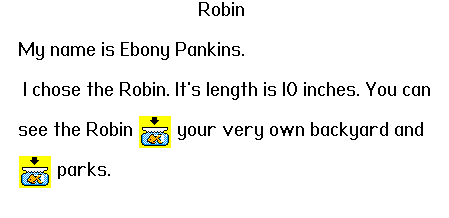
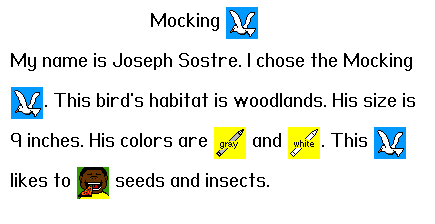
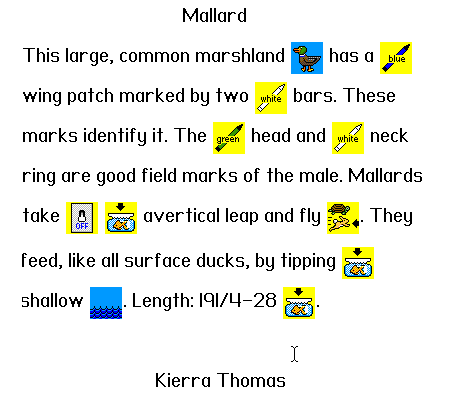
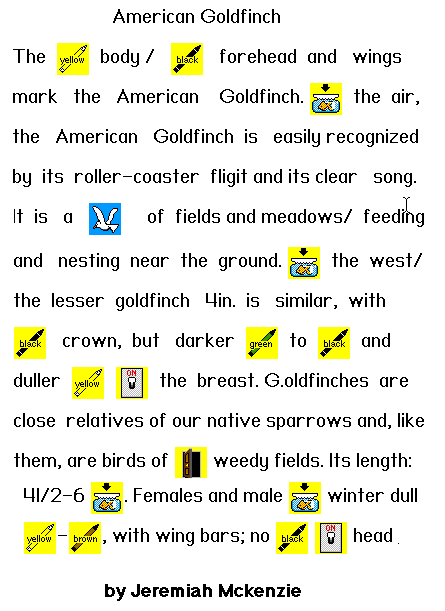
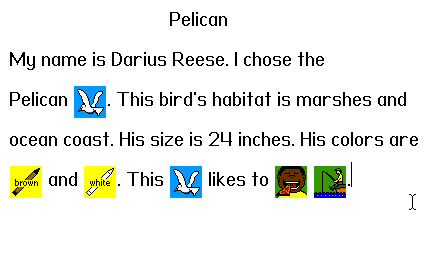
Making Field Guides
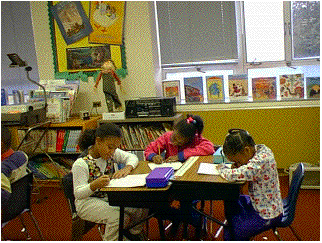
Students are working in their field
guides, filling in their data on birds. Questions include: Bird Habitat,
Size, color and their food.Making our own field guide is a good way to learn
how to identify some of the more common birds we might see in our study.
Prior to returning to the classroom, students were outside walking their
bird path and collecting data. Students were given blank paper, pencils
and a clipboard to sketch the path and the physical features that surround
it.Students were asked to note the ways land surrounding the path is used.
Is the area built-up, natural, or somewhere in between?
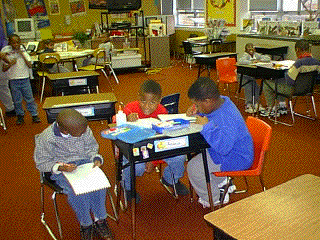
Students are separated into preestablished cooperative groups. Field
guides are given to each cooperative group. Students have just returned
to the classroom from walking their bird path. Each group is using their
field guide to identify and list the major plant and bird species found
in their sampling site.

In addition to working in their field guides students are asked to find
their path on the topographic map. Questions asked are: Where is it situated
in relation to your school? Your home? What types of land use/land cover
are near your path? Houses? A Forest? or a river?
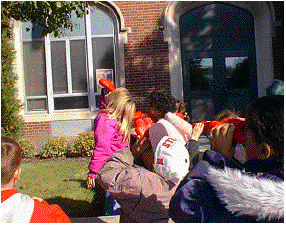
A teacher aide, Mrs. Green is helping students with their
field guide.
A Birds Eye View


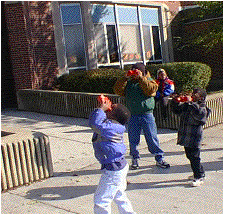
Students determine their path outside. Students from Mrs. Simmons and
Mrs. Miller's class are using their binoculars to view birds. In order to
best examine our corner of the world, both classes will establish their
path in an area near our school that best represents our local environment.

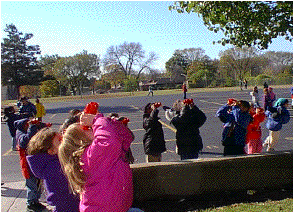

In order to enable different schools across the state to use our data
and compare it to theirs, our path in this experiment will be 200 meters
long. Questions for students: Why everyone must have the same length for
their path for their data to be comparable.What would happen if one school
used a 100 meter path and another a 50 meter path? How might this affect
the data each school collects?

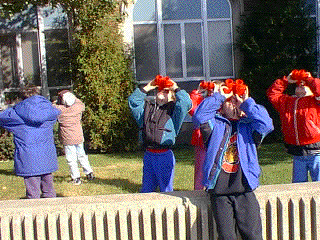
In order to set an accurate description of habitat, roles were assigned
to each group member during this initial survey.For example, one student
to serve as official recorder, two students to serve as botanists (responsible
for collecting plant data), and two students to serve as biologist (responsible
for collecting animal data). These roles will change for the actual data
collection periods, where each student will be counting a specific type
of bird.
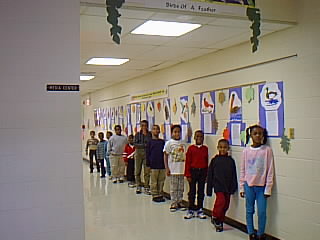
Students from Mrs. Miller's class is standing by their
bird project, displayed as a hall way exhibit.
Animated graphics are made by:

Created for the Fermilab
LInC program sponsored by Fermi National
Accelerator Laboratory Education Office,
Friends of Fermilab, United States Department of Energy, Illinois State Board of Education, and
North Central Regional Technology in Education
Consortium which is operated by North
Central Regional Educational Laboratory (NCREL).
Author(s): Olivia Miller & Marva Simmons (omiller@ameritech.net)
School: Hatch Elementary School Oak Park Illinois
Created: October 18, 1997 - Updated: October 18, 1997
URL: /lincon/f97projects/your
folder/student.html


















![]()




